Experimental Design Variables Worksheet
Are you teaching a science class and need a resource that helps your students understand the concept of experimental design variables? Look no further! We have created an interactive worksheet that focuses on the different components of experimental design, specifically the variables involved. This worksheet is perfect for middle school or high school students who are learning about the scientific method and planning their own experiments.
Table of Images 👆
More Other Worksheets
Kindergarten Worksheet My RoomSpanish Verb Worksheets
Cooking Vocabulary Worksheet
DNA Code Worksheet
Meiosis Worksheet Answer Key
Art Handouts and Worksheets
7 Elements of Art Worksheets
All Amendment Worksheet
Symmetry Art Worksheets
Daily Meal Planning Worksheet
What is the definition of an independent variable?
An independent variable is a factor or condition that is intentionally manipulated or varied by the researcher in an experiment to observe its effect on the dependent variable. It is the variable that is changed or controlled by the experimenter to study its impact on the outcome or response being measured in the study.
How should the levels of an independent variable be determined?
The levels of an independent variable should be determined based on the research question being addressed and the hypotheses being tested. Factors such as the range of possible values, the desired precision of the study, and practical considerations such as cost and time constraints should be taken into account. Prior knowledge, previous research, or pilot studies can also help guide the selection of levels for the independent variable. Ultimately, the goal is to choose levels that provide meaningful and informative data for the research study.
What is the purpose of a dependent variable in an experiment?
The purpose of a dependent variable in an experiment is to measure the effects or changes that occur as a result of manipulating the independent variable. It is the outcome that is being studied or measured, and it is dependent on the changes made to the independent variable. By observing and measuring the dependent variable, researchers can assess the impact of different conditions or treatments on the phenomenon being studied.
How can an experimenter control for confounding variables?
An experimenter can control for confounding variables by using randomization techniques, such as random assignment of participants to different groups, and by ensuring a large enough sample size to reduce the impact of confounding variables. Additionally, researchers can use matched-pair designs or statistical techniques like analysis of covariance to account for potential confounders and isolate the effects of the independent variable on the dependent variable. It is also essential to clearly define and measure all variables involved in the study to minimize any potential confounding influences.
What is the significance of random assignment in experimental design?
Random assignment in experimental design is crucial as it helps eliminate potential biases and ensures that participants are equally likely to be placed in either the control or treatment group. By randomly assigning individuals, researchers can assume that any differences observed between the groups are due to the intervention being tested rather than pre-existing characteristics of the participants. This enhances the internal validity of the study and allows researchers to make more confident conclusions about the effectiveness of the treatment being studied.
How can an experimenter manipulate a control variable?
An experimenter can manipulate a control variable by keeping it constant or unchanged throughout the experiment. This involves ensuring that the control variable does not vary or change in order to isolate the effects of the independent variable on the dependent variable. By maintaining the control variable constant, the experimenter can accurately assess the impact of the independent variable on the dependent variable without any interference from other factors.
When should a researcher use a repeated measures design?
A researcher should use a repeated measures design when they want to compare the same group of participants under different conditions or time points, allowing for greater control over individual differences and increasing statistical power due to the reduced variability in the data. This design is particularly useful when the aim is to measure within-subject changes over time or across different treatments without the need for a large sample size.
What are the advantages of using a pretest-posttest design?
A pretest-posttest design allows researchers to measure changes in participants over time by comparing their initial scores with scores obtained after an intervention. This design provides a baseline measure of individual differences and controls for potential confounding variables, helping researchers determine the effectiveness of the intervention more accurately. Additionally, it can improve the internal validity of the study by demonstrating a cause-and-effect relationship between the intervention and the observed changes.
How can an experimenter ensure the reliability of their measurements?
To ensure the reliability of measurements, an experimenter can use calibration standards, repeat measurements multiple times, employ statistical analysis to verify consistency, control for external factors that may affect measurements, follow standardized and validated procedures, and document all experimental details meticulously. Additionally, conducting pilot studies and validating measurement methods can also help in ensuring the reliability of measurements.
Why is it important to clearly define operational definitions for variables in an experiment?
Clearly defining operational definitions for variables in an experiment is important because it helps ensure that there is consistency and clarity in how the variables are measured or manipulated. This allows for the results to be accurately replicated by other researchers and helps eliminate ambiguity or misinterpretation. By having clear operational definitions, researchers can establish a common understanding of the variables being studied and ensure that the findings are reliable and valid.
Have something to share?
Who is Worksheeto?
At Worksheeto, we are committed to delivering an extensive and varied portfolio of superior quality worksheets, designed to address the educational demands of students, educators, and parents.

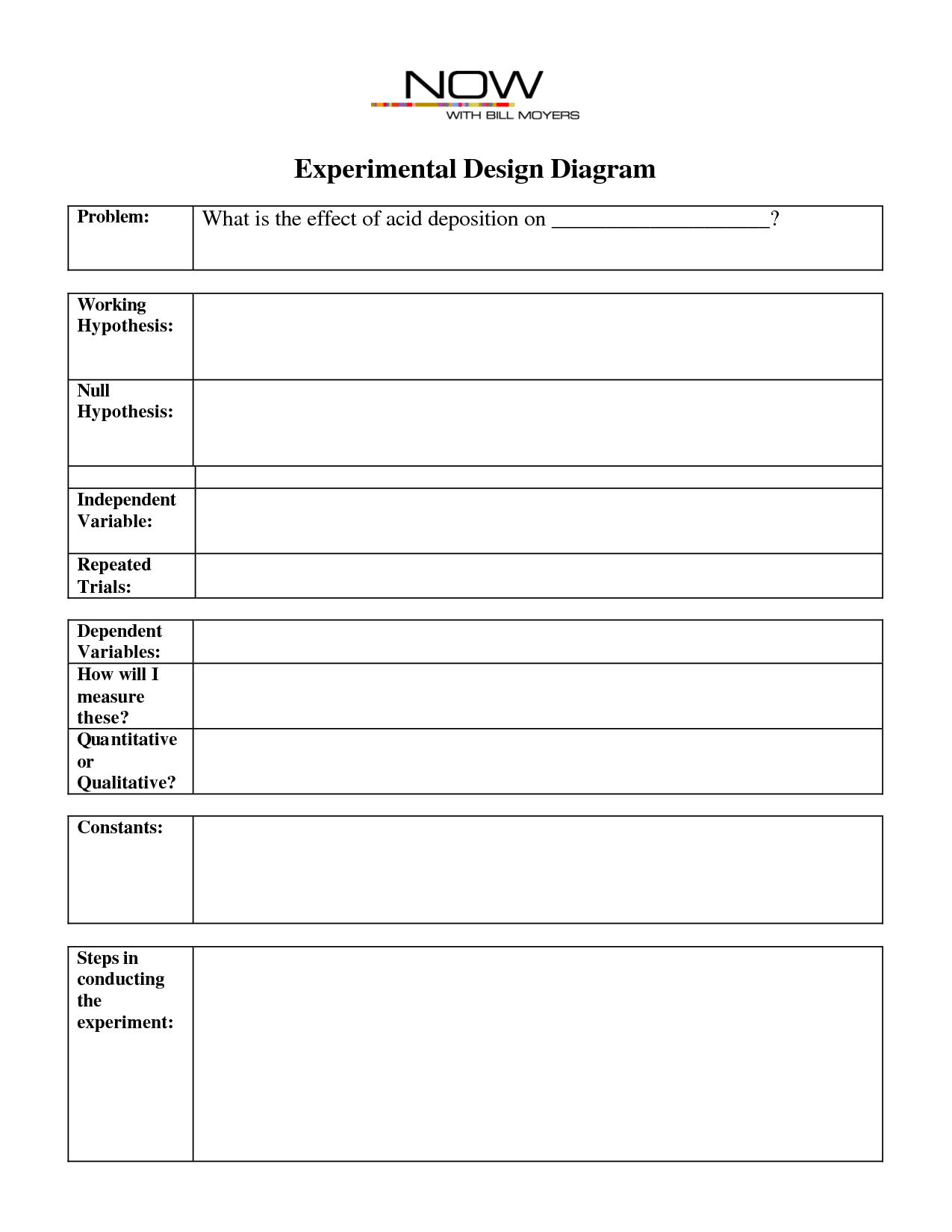



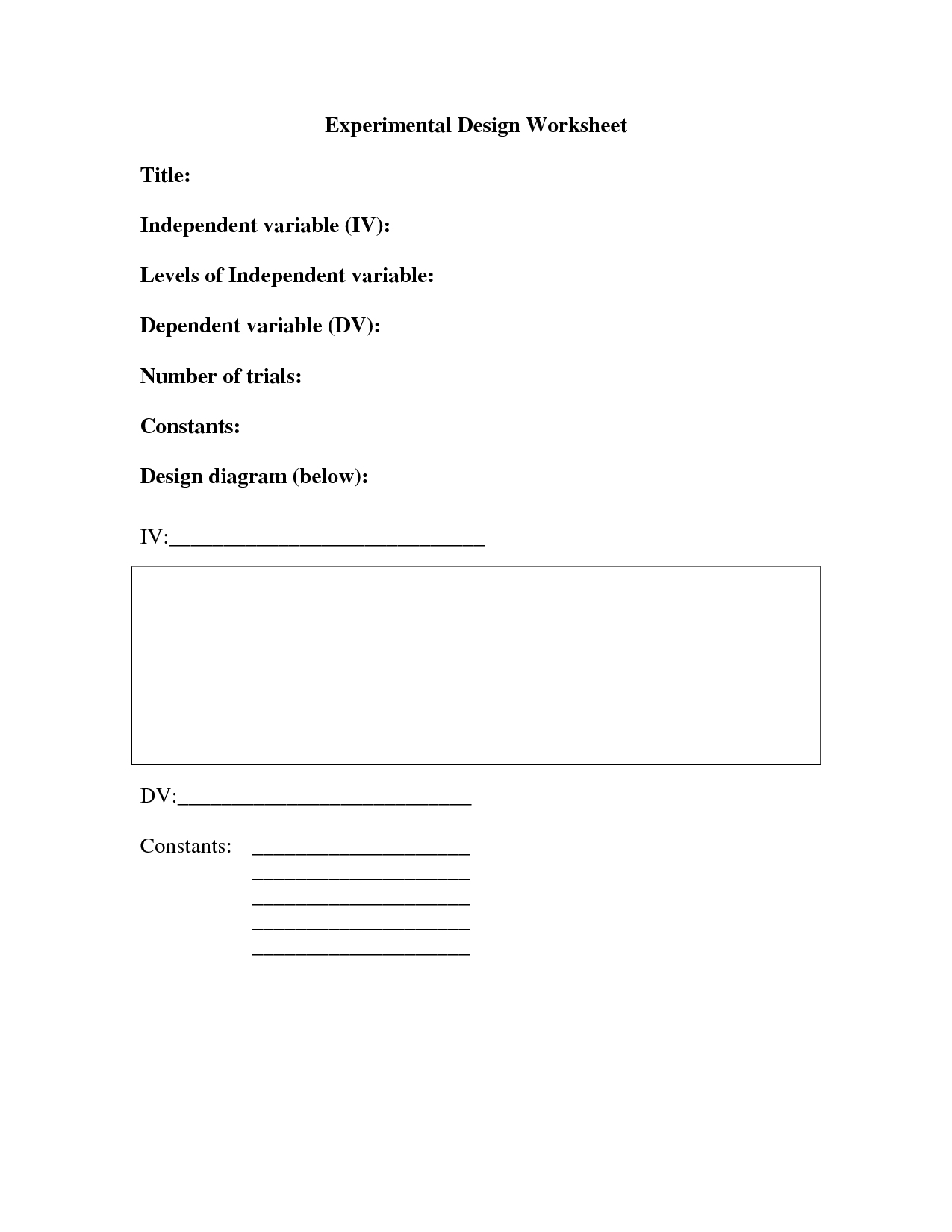
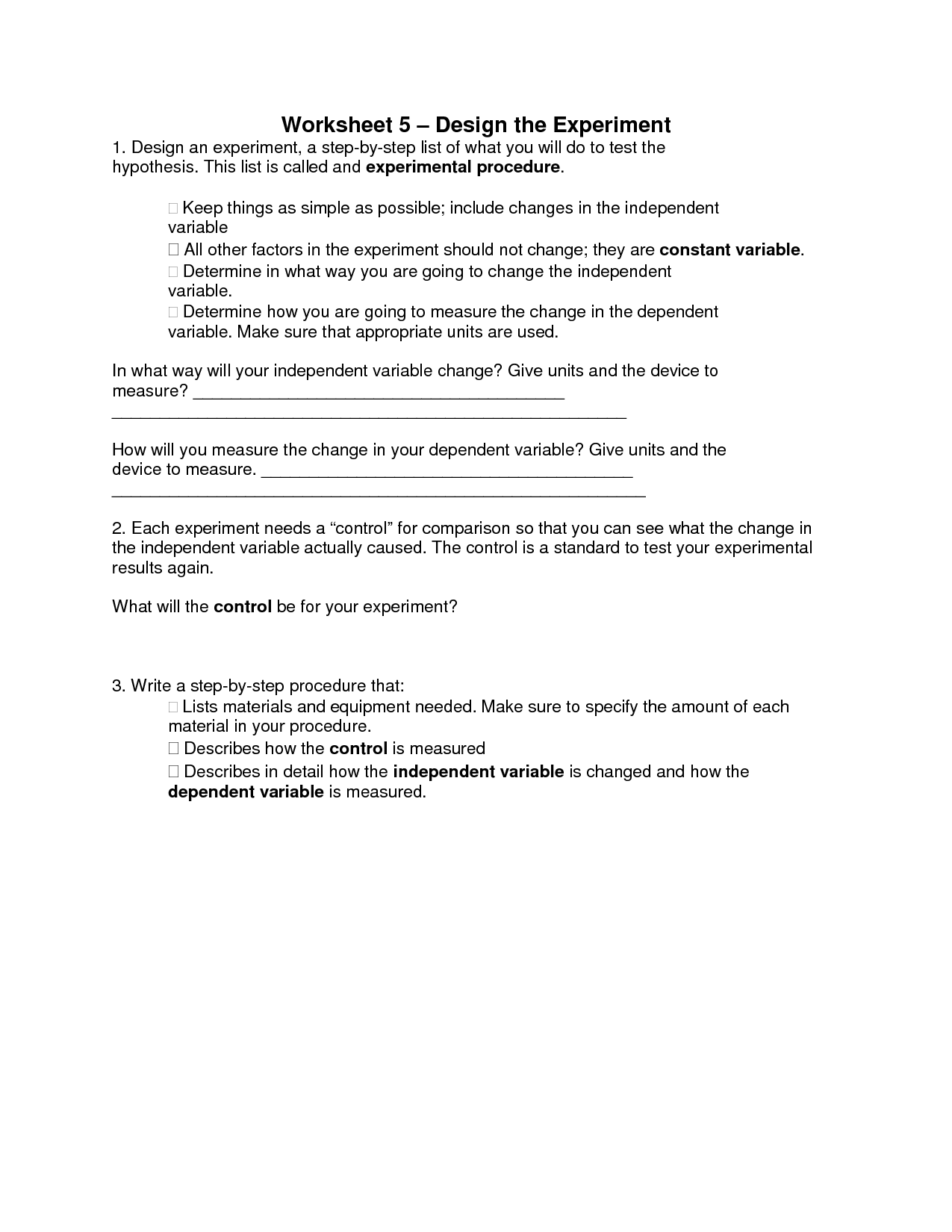
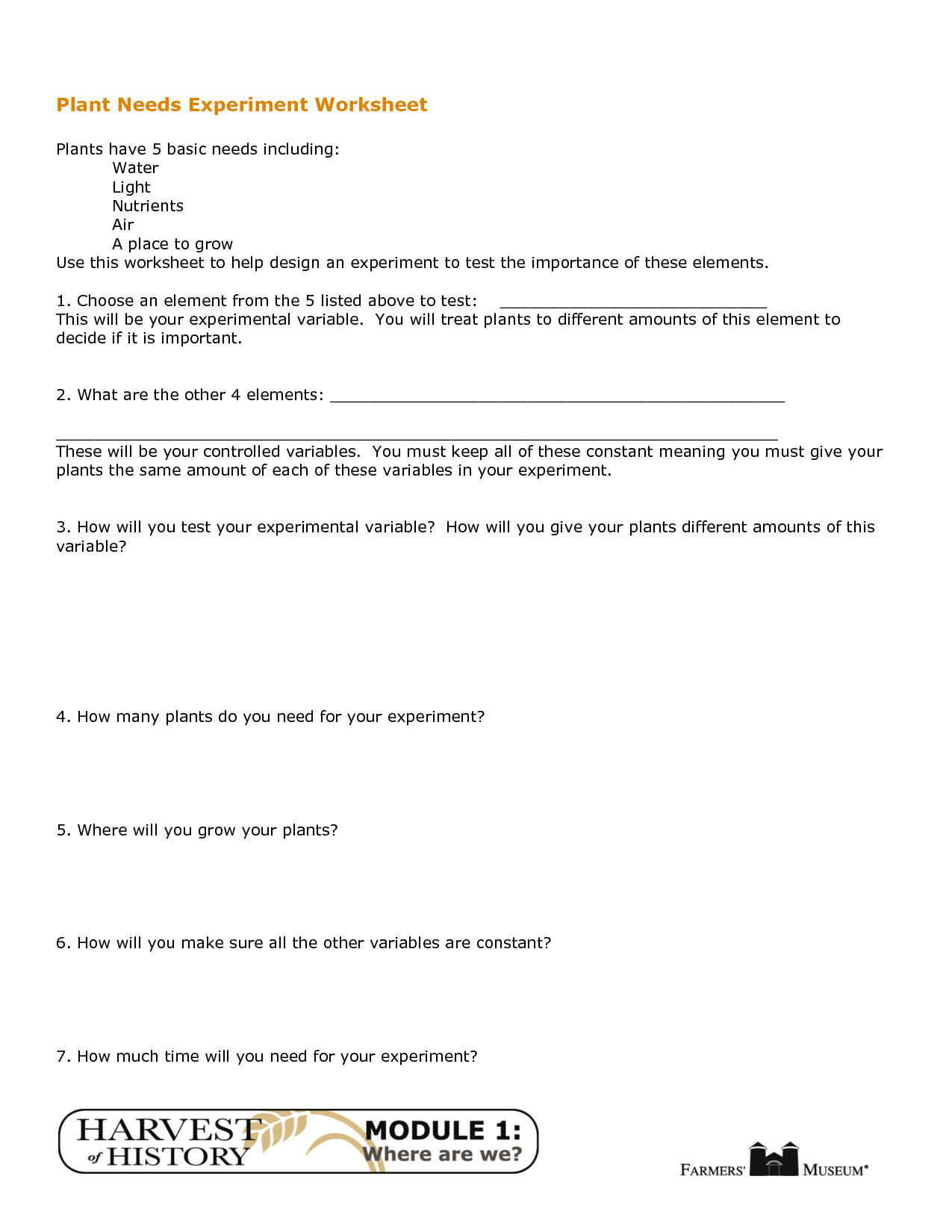
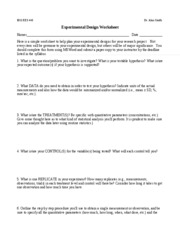

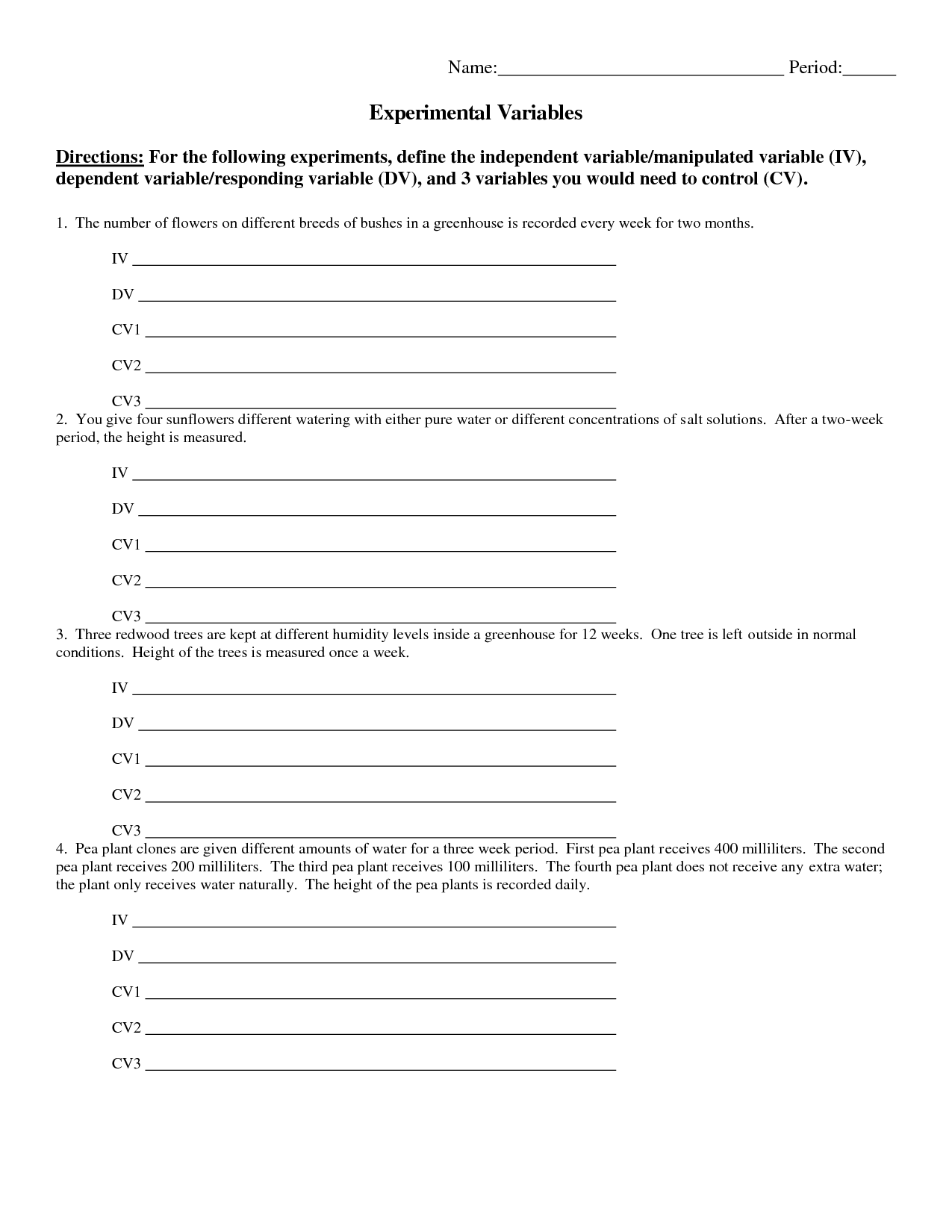
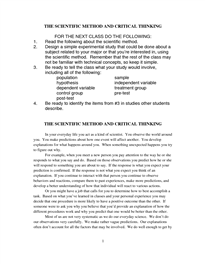
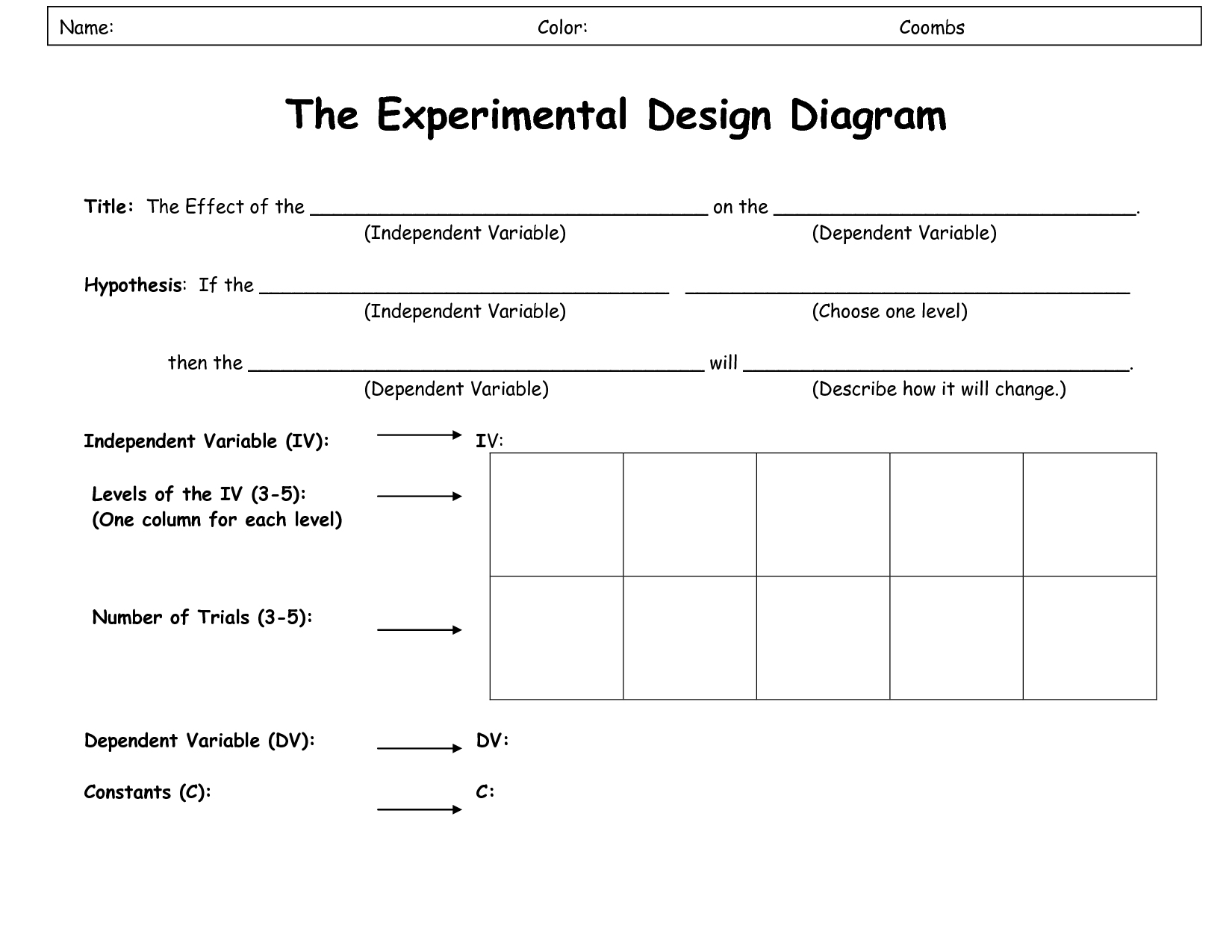
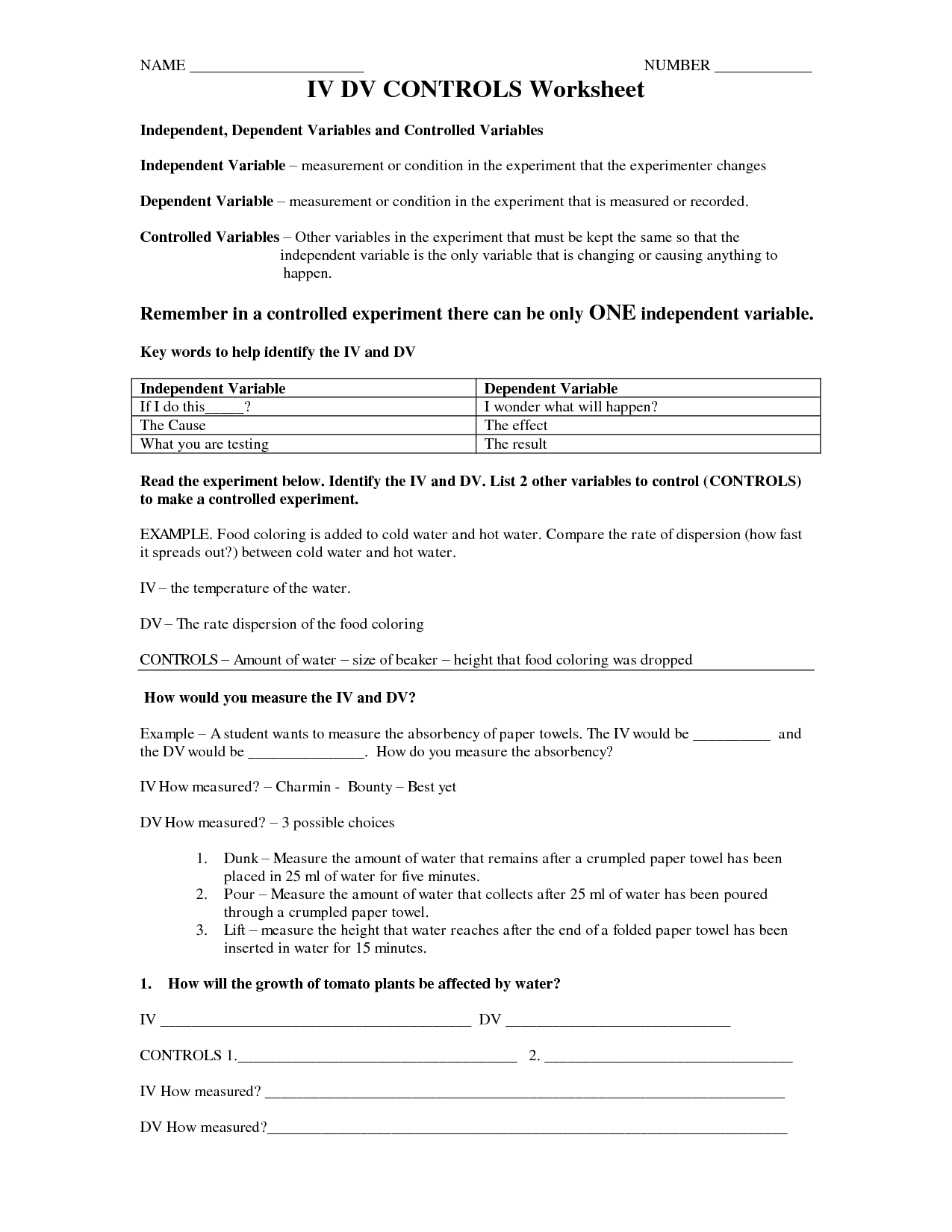
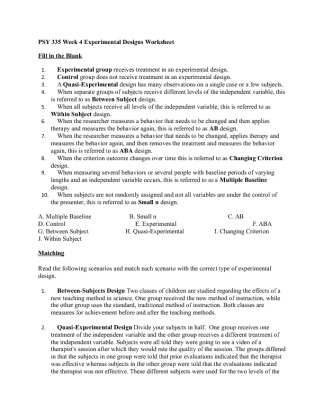
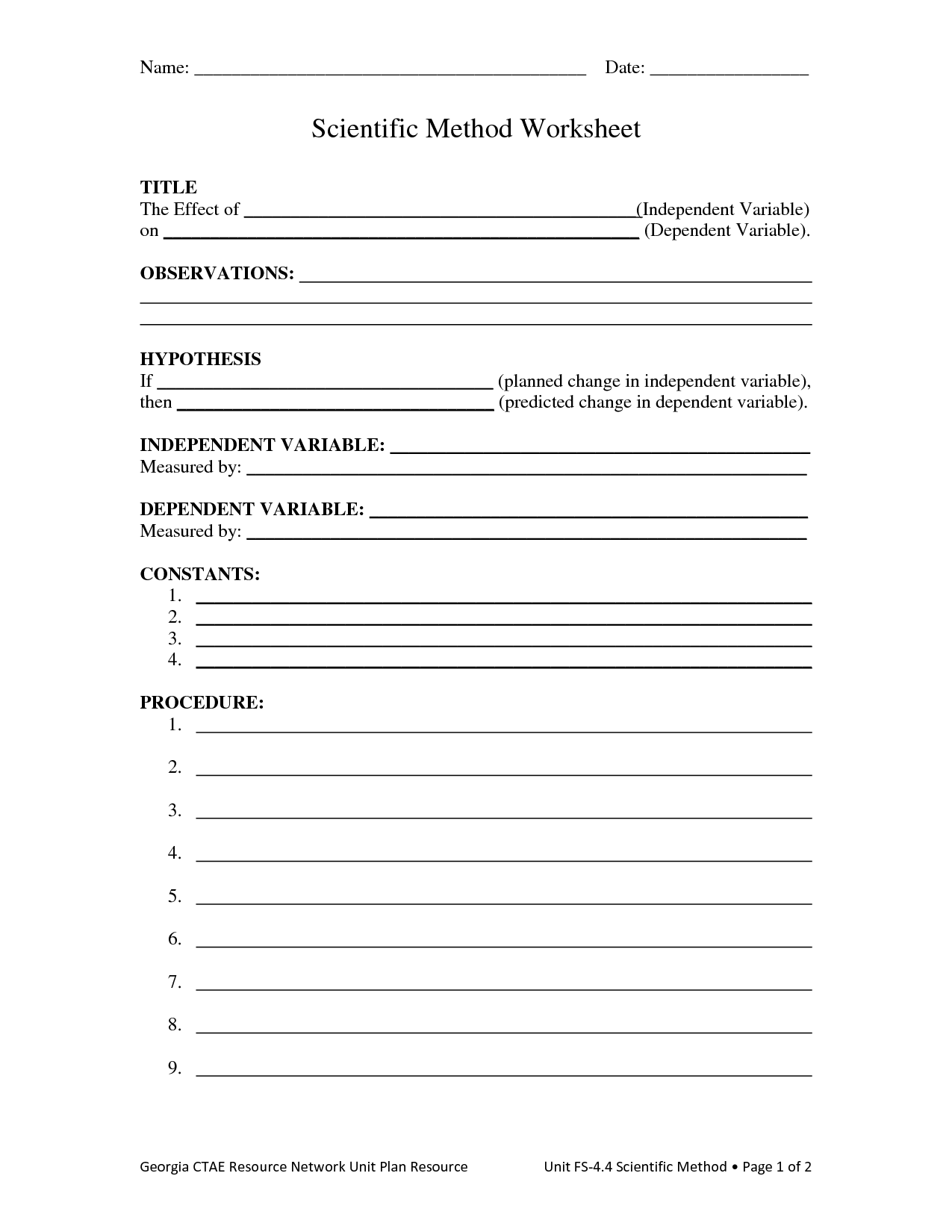
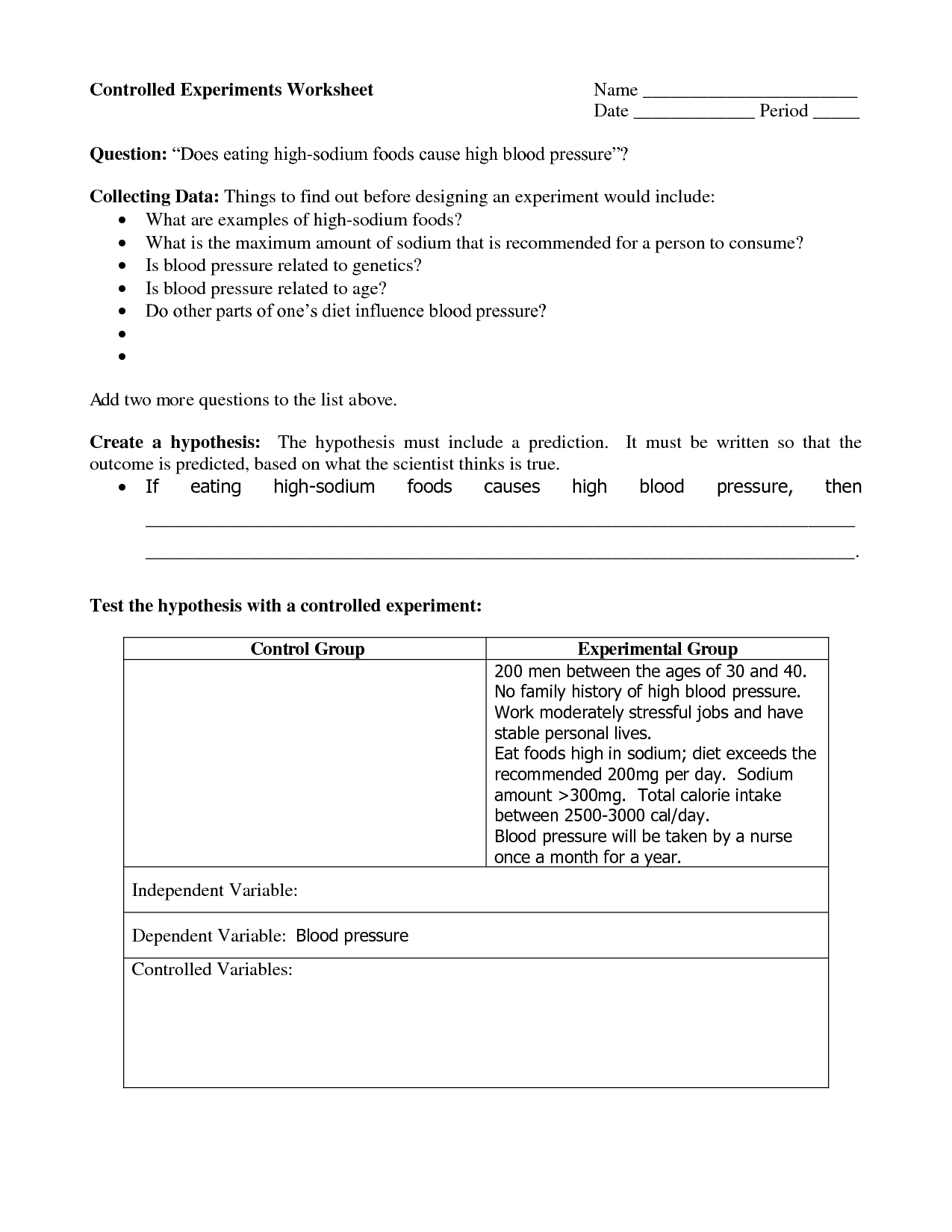














Comments